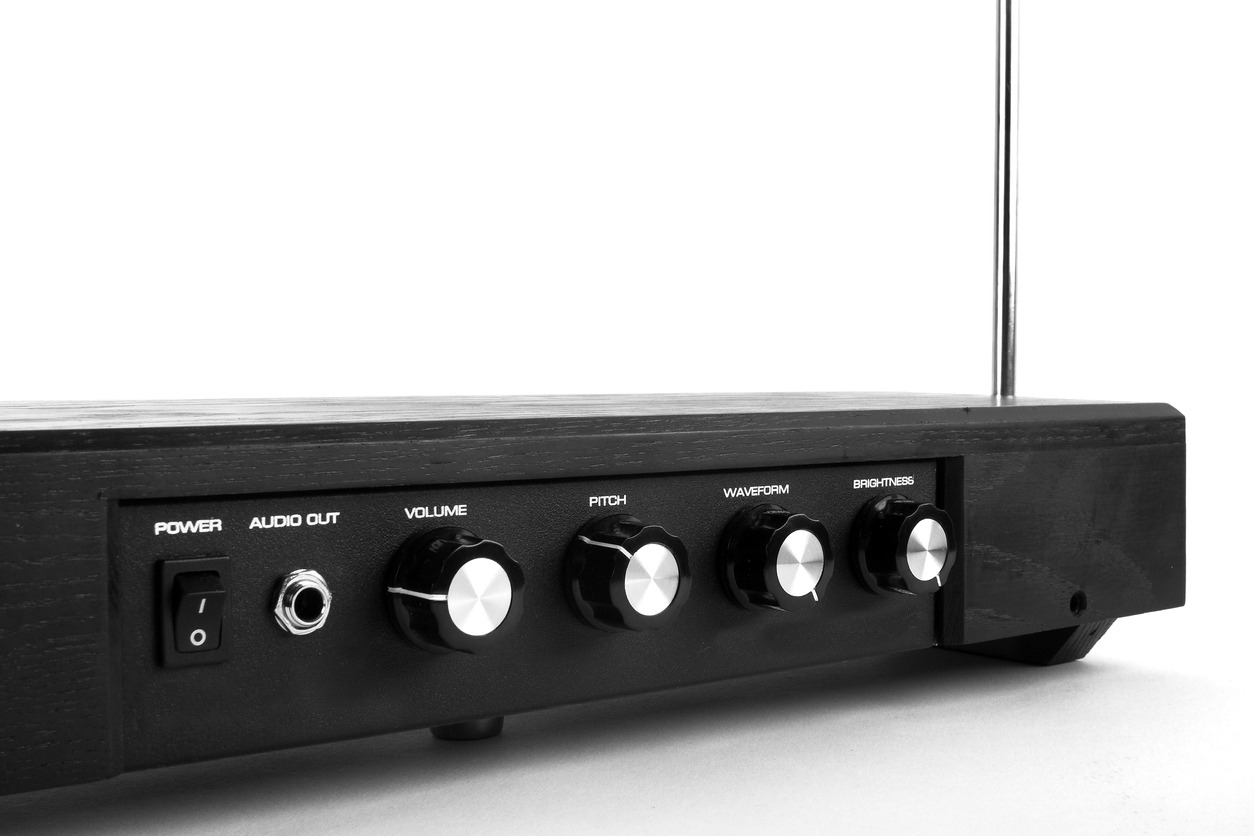The theremin is the first electronic music instrument invented by a Russian cellist and physicist, Lev Termin or mostly known as Leon Theremin, in 1920. It could be played without the need to touch nor press any buttons to produce a sound. This musical instrument is frequently used in sci-fi and other psychological thriller movies due to its eerietones that send chills when it is being played.
Initially, Etherphone was the first name of this electronic musical instrument.In 1919, Leon Theremin was working on a researchabout proximity sensors using an electromagnetic field to detect an incoming object inside of a particular zone. It was his work for the Russian government, but unexpectedly it turned out as a music instrument. He noticed it when the frequencychangeswhenever his body is movingnear or far from it. The capacitance or the ability of the human body to hold a current charge made it possible.Eventually, he nurtured his invention and made it patented in 1928 next to his surname, theremin.
Radio Corporation of America (RCA)started manufacturing Theremins in 1929 when Leon Theremin sold his patent there. However, it was not a successful market for theremin because of its unconventional attributes. It takes a thousand times toplay this intangible musical instrument successfully. The RCA ceased to produce Theremins, but then it was revived by the synthesizer pioneer, Dr. Robert Moog, in 1954.
Playing music through this instrument is like playing on the air. Imagine a conductor of an orchestra swaying his hands. It was built with a single plate, an upright antenna (vertical), and a loop antenna (horizontal). As mentioned earlier, it has an electromagnetic field, and the hand plays a role as a conductor to oscillate the frequency.When a hand is far from the antenna, the current oscillates at a higher frequency.
On the other hand, the nearer your hand to the antenna, the lower the frequency is. Due to the capacitance, a performer could play the theremin without even touching it. Yet, the capacitance varies from the distance between the player and the theremin. The body of a human and this instrument ismerged to create a capacitor.
Furthermore, one of the world’s foremost Thereminvirtuosi, Carolina Eyck, said that oneness of your self is a must for a good exhibition of performance. The body of a player must not be strained even if the hands are the only moving. Hand gestures play an essential role in exhibiting a sound because it will convey the notes and the range from these metal antennas. The vertical antenna is responsible for the pitch, while the loop antenna is for the volume. If a hand is near an inch to the vertical antenna, the higher the pitch is and farther from it is thelowest. When a hand is placed an inch above the loop one, the lower the volume is. The higher your hand, the louder the volume is. It is simple to hear its functions yet quite hard to perform. The distance of the player’s body signifies the intended count of an octave. Therefore, the whole body needs coordination in order to execute a wholesome “otherworldly” sound.
Several techniques require coordination and technicalities for the player to control the sound and to hit the notes. One of the most prominent thereminists, Lydia Kavina, suggests that in playing the theremin, a player must positionhis feet apart from the instrument for about one foot while playing.To control the pitch, place the hand near the antenna for the higher one, the middle pitch is the distance between the player and the instrument, and the lowest is when the hand almost touches the shoulder. About two feet from the antenna makes the lowest pitch.The pitch comes along with the volume. To control the volume, just place the hand an inch above the loop antenna for the lowestand lift it for about one foot to achieve the loudest sound.
Theremin sounds have been used for a lot of sci-fi movies like The Lost Weekend (1945), Spellbound (1945), The Thing from Another World (1951), and the most prevalent is The Day the Earth Stood Still (1951). This has also been made as soundtracks like Once Upon a Time in the West score by Ennio Morricone (1968),Theremin Concerto by KaleviAho(2014), which is performed by Carolina Eyck, and Universe Symphony of Frazil Say (2012).

